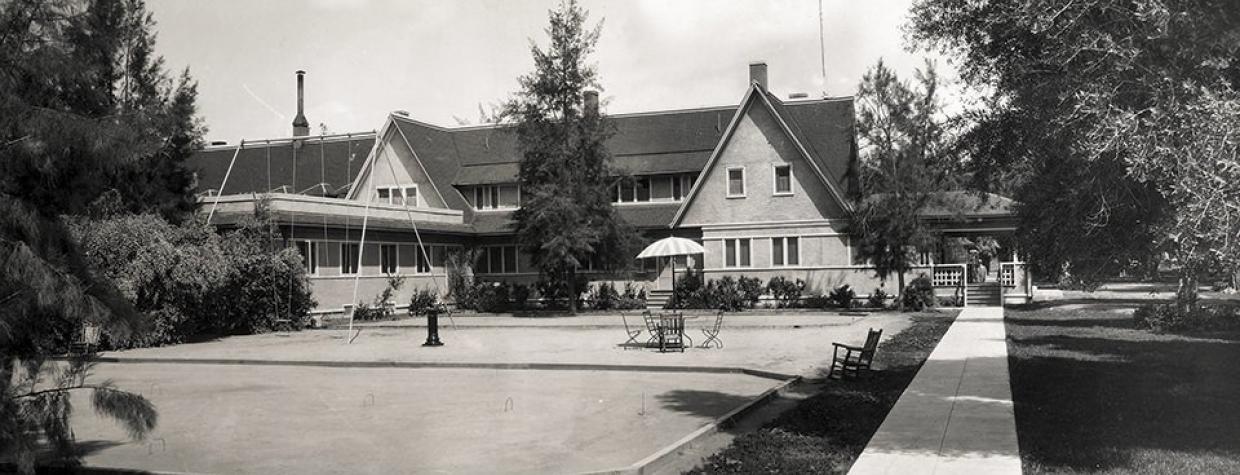Tourism. It's a multibillion-dollar industry in Arizona. But the state wasn't always just a destination for people looking for a sunny getaway. During the early 20th century, it was also a haven for people who suffered from tuberculosis.
Some well-heeled patients stayed at hospitals like Desert Sanatorium and The Desert Inn Sanatorium — a sort of precursor to the resorts that would eventually go up. Sadly, the majority of patients were poor, having spent what little they had to make the journey west. Penniless and sick, they were relegated to tent cities.
Not surprisingly, it wasn't long before those tent cities became unpopular with residents, and boosters in Phoenix and Tucson began to realize their cities had more to offer.
City promoters started advertising Phoenix as the place where "Winter Never Comes" or the place with "Summer Days All Winter." There was also a community-wide "Let's Do Away With the Desert" campaign to "beautify" the city. Phoenix residents were encouraged to plant grass, roses and other greenery so the city would look more like Pasadena — steep competition at the time.
Soon, hotels and resorts like the Ingleside Inn (pictured above) and Westward Ho in Phoenix and the impressively posh San Marcos Hotel in Chandler opened their doors. Then, the game changer: In 1929, a former student of Frank Lloyd Wright built the Arizona Biltmore. "The Jewel of the Desert" became the premier destination for celebrities, heads of state and wealthy tourists.
Today, tourism is one of the leading industries in Arizona, providing jobs and much-needed revenue. And while visitors continue to visit Phoenix and Tucson during the winter months, several other towns — such as Sedona, Jerome and Bisbee — have become destinations for travelers as well.

